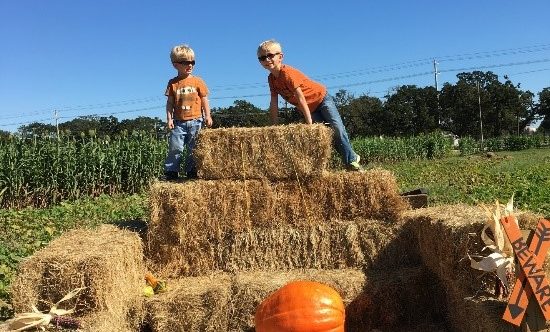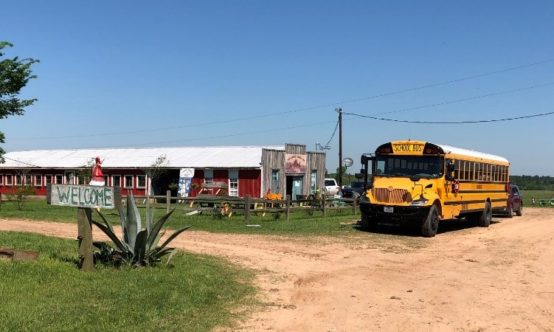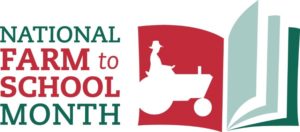By Rebekka Dudensing, PhD

When we think about October, we usually think about pumpkins, fall leaves, and football games on chilly Friday nights. Fall festivals and Halloween festivities abound. The October calendar is also home to Health Literacy Month, National Breast Cancer Awareness Month, National Health Education Week, among other awareness events.
One of the fun October events for students is National Farm to School Month. Congress created Farm to School Month in 2010 as a result of advocacy by the National Farm to School Network.[1] Just over a decade later, school children across the U.S. are celebrating farms and trying new foods each October.
Research in Central Texas showed that schools want to serve local foods. While price can be one barrier as farmers need to at least breakeven and schools have tight budgets, the type of product and how it is processed also affects is potential in schools. For example, cut “baby” carrots and broccoli florets require processing but are easier for many schools to prepare and serve.

Extension offers suggestions to help school food service professionals incorporate more local foods into school meals. Recommendations include choosing one food and building relationships with farmer suppliers or with existing distributors who may be able to obtain food from local suppliers.
During Farm to School Month, school food service may be helping students taste local products, many of which may be unfamiliar to youth. Teachers may plan field trips that let students explore the farms that produce their foods. They may also invite farmers to visit class. Agriculture is a science that provides countless opportunities for students to learn and grow. And with the USDA recently noting that 10.3 percent of U.S. jobs are in agriculture and related industries, agriculture science is valuable knowledge!
Families can celebrate Farm to School Month too. Visit a farm—pumpkins patches are great this time of year—or visit a farmers’ market and try a new food. If there isn’t time for that, find a local product at your grocery store and try that. Stores often mark local produce and specialty products (jams, pickles, etc.). Maybe you’ll even find a local treat for your fall festival or trick-or-treating. For more information and resources on Farm to School visit here.

[1] Celebrate Farm to School Month. https://assets.website-files.com/5c469df2395cd53c3d913b2d/61103f5761ddcbdcdb02aab4_F2S%20Month%20Fact%20Sheet%202017.pdf